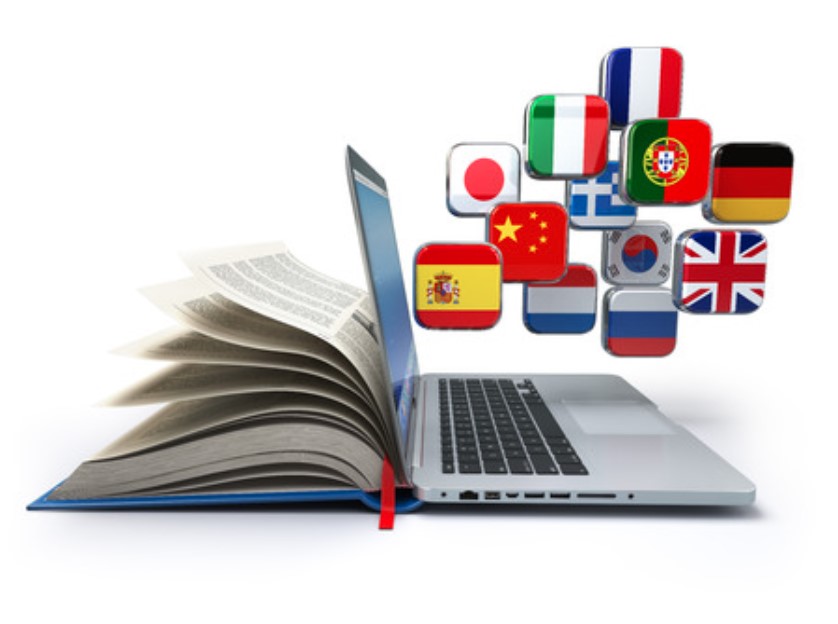Introduction
Science and knowledge advance through communication. That’s why academic translation is essential to share research globally. It’s not just about changing one language to another. It involves understanding context, concepts, and the target audience.
When translating a scientific article, every word matters. Clarity and accuracy are not optional. The author’s reputation and the study’s quality depend on it. That’s why this type of translation requires skill, training, and extreme attention to detail.

What is academic translation?
Academic translation focuses on texts from educational, scientific, or technical fields. It includes articles, theses, books, reports, and lectures. The goal is to communicate complex ideas clearly and precisely.
Additionally, academic translation must respect the author’s style and the field’s standards. Literal translation isn’t enough. The language must be adapted to fit the conventions of the new language.
How it differs from general translation
This type of translation has unique features. Unlike general translation, accuracy is crucial here. The text must be clear and exact.
For instance, in a medical article, misusing a term can led to serious errors. In a social study, a wrong translation can change the meaning entirely. That’s why specialized training is essential.
Terminology matters
First, one of the biggest challenges is using the correct terminology. Moreover, every field has its own vocabulary. Many terms don’t have direct translations. Also, in these cases, deep research is needed.
Moreover, the translator must use the terms recognized by experts in the field. Otherwise, the text loses credibility. To ensure accuracy, many translators build personal glossaries and consult academic sources.
Finally, if you need more information visit Translation Glossary of Terms.
The role of style
In academic translation, style matters as much as content. Alos, many texts must follow strict guidelines, such as APA, MLA, or Chicago. Moreover, a formal, objective tone is often required.
The translator needs to adapt the content without altering its meaning. Sometimes, this means rephrasing sentences or changing grammatical structures. However, academic coherence must always be preserved.
Editing and quality control
A good translation requires review—sometimes more than one. The process includes grammar correction, terminology checks, and formatting review. Some texts even need validation from field experts.
Also, having a second person review the translation is ideal. This helps catch errors the original translator may have missed. The review process ensures a final product that’s clear and professional.
Academic translation and international publishing
Many researchers aim to publish in international journals. To do so, they must translate their texts into English. Often, they try this without professional help. The result is usually unclear, or error filled.
Poor translation can lead to rejection. A good one increases the chances of acceptance. It also enhances the author’s image and credibility.
Why work with a professional translator?
Scientific translation isn’t easy. It takes more than speaking two languages. The translator must understand the subject, know the terminology, and master academic style.
A specialized professional not only translates. They also provide advice on structure, citations, and coherence. This leads to a better outcome and greater visibility.
Conclusion
Academic translation is key to spreading knowledge. It allows researchers to reach new audiences and have global impact. But it demands care, experience, and precision.
If you want your work to be appreciated internationally, invest in a professional translation. Your message will be clear, polished, and effective. Don’t let poor translation limit your reach. Knowledge should be shared without borders.
Finally, if you need more information visit Legal Translation: How to Avoid Costly Mistakes.



